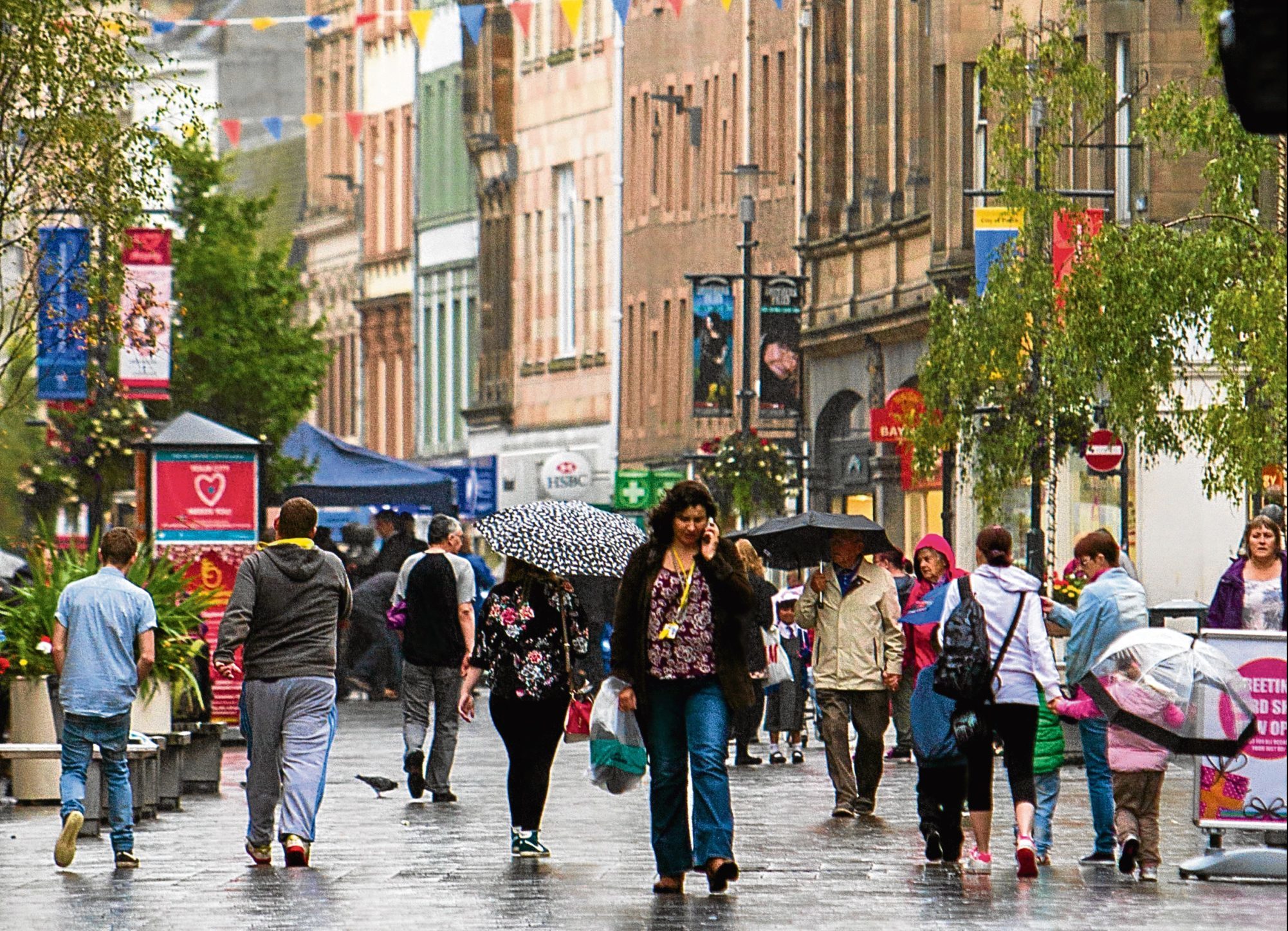A 10% surge in the price of Perth retail space is proof the city centre has what it takes to thrive, according to a new report.
The 2016 Midsummer Retail Report from industry experts Colliers International branded Perth a “star performer” as it bucked a national trend of decline and stagnation in the retail rental market.
In contrast, Dundee has suffered a severe rise in shop vacancies since April 2014 with 18.7% of units now unoccupied.
Ross Wilkie, Colliers’ Scottish retail director, said the two Tayside cities showed different sides to the issues of supply and demand over the last 12 months.
He added: “Perth is doing well at the moment and proving popular with retailers, and yet there are few vacancies in the city centre.
“As a historic city there is no real chance of building any more retail space.
“Dundee is simply oversupplied, as it has two shopping centres, which are the prime draw for retailers.
“Even at the best of times, the shopping streets struggled to fill up.
“The new waterfront development is likely to be a big draw for cafes and other food and leisure businesses and it is hoped these exciting new developments, including the proposed new V&A Museum, will boost the local economy and help improve the attractiveness of Dundee City retailing.”
The survey took in 27 town and city centres across Scotland with three recording increasing rents, nine in decline and the remaining 15 classed as stable.
Despite the demand for retail space near the bigger cities, Colliers expects the Union Square extension in Aberdeen and the Edinburgh St James’ Quarter redevelopment in to be the only new Scottish shopping centres to complete over the next five years.
Anthony Aitken, head of planning with Colliers, said: “Dundee is in the middle of a very ambitious development of the waterfront and that will be very exciting for the city.
“The V&A will be a huge draw, so there will be good levels of footfall, and although the primary use is likely to be leisure and tourism activities, I think retailers will want to find a place in that.
“Perth has been the star performer, perhaps because it has a relatively affluent and growing population.
“There is limited scope for new retail developments in the existing city centre, which is perhaps being reflected in the prices, but Perth has retail developments close to the centre and that is a strength, which retailers are increasingly likely to take advantage of.”
The “gravitational pull” of Glasgow and its big shopping centres was also thought to be having an impact on some smaller town centres.
Of the nine centres with deteriorating rents, five are located in the west of Scotland – Ayr, Cumbernauld, Greenock, Hamilton and Irvine.
Overall, the report found, average rents in the sector north of the border have hardly moved over the last 12 months, down 0.2% since June last year.
John Duffy, director of in-town retail with Colliers, said: “Glasgow is by far the strongest shopping destination in Scotland and supply is struggling to keep up with demand, even as new space is created.
“While many retail brands are very selective, they will still pay top dollar for a prime destination.
“Smaller high streets have stagnated in recent years and some have moved backwards as retailers leave for larger, out-of-town destinations.”
The report stated that a business rates revaluation is due in 2017 with many businesses bemoaning the fact they have been paying rates based on inflated 2008 prices for almost a decade.
